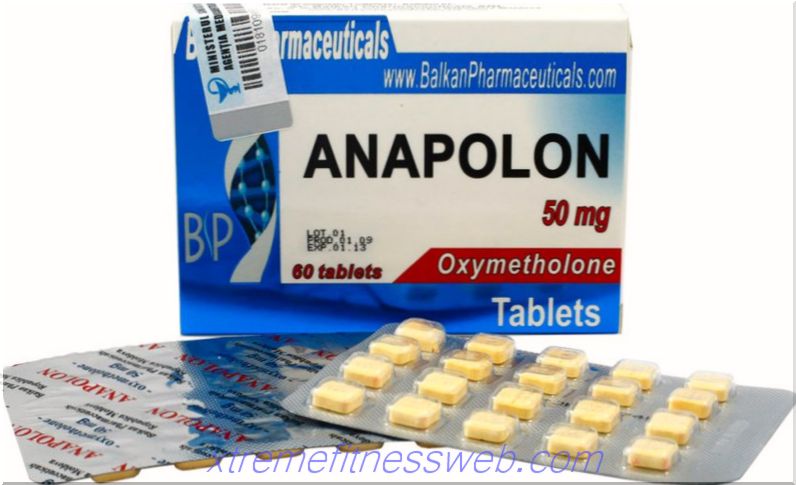- What is monosodium glutamate?
- Why is food with monosodium glutamate tastier?
- Where do you use a flavor enhancer?
- How did monosodium glutamate become a food supplement "> Why is a flavor enhancer added to food?
- Is a taste enhancer dangerous?
- Should sodium glutamate be avoided?
- Conclusion
- Video review

The presence of monosodium glutamate in foods and instant noodles - food that does not belong to the category of healthy eating, invariably raises interest in how safe this substance is, whether it is worth avoiding its use.
Content
- 1 What is monosodium glutamate?> 2 Why is food with monosodium glutamate tastier?
- 3 Where do you use a flavor enhancer?
- 4 How did monosodium glutamate become a dietary supplement?
- 5 Why is a flavor enhancer added to food?
- 6 Is a flavor enhancer dangerous?
- 7 Should sodium glutamate be avoided?
- 8 Conclusion
- 9 Video Review
What is monosodium glutamate?
A fairly popular food supplement, also called a flavor enhancer, is the monosodium salt of glutamic acid, which is also found in natural products. It is contained in mushrooms, milk, meat, broccoli, cheese and so on.
Many people mistakenly take monosodium glutamate for food chemistry, try to completely remove any product that contains it from their diet. You need to understand that in its pure form it does not harm health.
Why is food with monosodium glutamate tastier?
Monosodium salt affects fats and proteins, greatly enhancing and revealing their natural taste. In itself, it has a sweetish taste, which is characteristic of breast milk, forty percent of the protein of which contain glutamine - a substance related to glutamate.
The beloved taste of broccoli, walnuts, roquefort and parmesan, fish, soy sauce, mushrooms, seafood, meat is due to the presence of monosodium glutamate. Without it, they would not be so tasty. The synthesized additive in this case is completely analogous to a natural substance.
Where do you use a flavor enhancer?

In the food industry, this additive is actively used in the production of sausages to make the final product attractive to the buyer, that is, edible. In other words, it affects the taste, but does not make processed meat harmful.
Another food industry where glutamate is widely used is fast food. Instant noodles, chips, dry bagged soups would not be tasty without it. However, such food cannot be called healthy and healthy.
How did monosodium glutamate become a food supplement "> Why is a flavor enhancer added to food?
In canned and dried form, the products are stored for a long time, but lose most of their taste. So that the food regains its natural taste, it is restored by introducing fats, spices and synthesized monosodium glutamate into the composition of the product.
The additive, as a rule, is used to restore or strengthen the meat taste. Thanks to glutamate, the by-product mixture turns into appetizing sausage and sausages, palm oil with textured soybeans into broth, which is present in packs with instant noodles, and chips acquire a characteristic cheese flavor.
Is a taste enhancer dangerous?
If we talk about the dangers of sodium glutamate, only the case of the “Chinese restaurant syndrome”, when redness appears on a person’s face, is justified and proven, breathing becomes quicker. Such side effects are manifested exclusively when using this substance in very large quantities.
There is no scientific evidence for a relationship between glutamate intake and the development of obesity or any pathology. It should be borne in mind that in the research process only the substance itself is considered, but not the composition of the product produced by the modern food industry.
Should sodium glutamate be avoided?
E-631, E-621, E-627, “flavor enhancer”, “flavoring additive” are the designations of the synthesized glutamate salts. And if one of them is present on the package with the product, then its taste has been restored or enhanced.
It must be understood that the substance itself does not pose any threat, is present in the chemical composition of mushrooms, cheeses, tomatoes and so on. A person consumes 13-15 grams of glutamate daily. But if natural food is healthy, then industrial food is not, and, therefore, the use of the latter should be minimized.
Conclusion
Chemically synthesized monosodium glutamate is similar to natural. There is no direct evidence of its harm to human health, but the products to which it is added as a result of production are high-calorie and, unfortunately, not useful.
Video review






